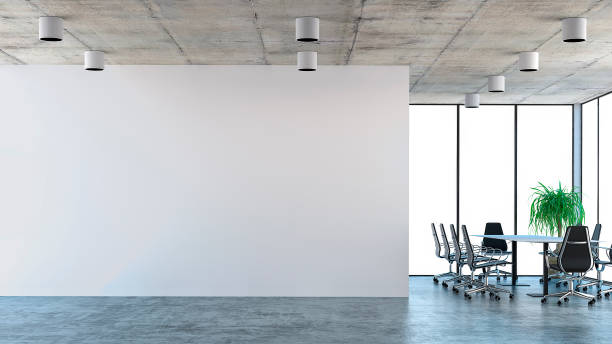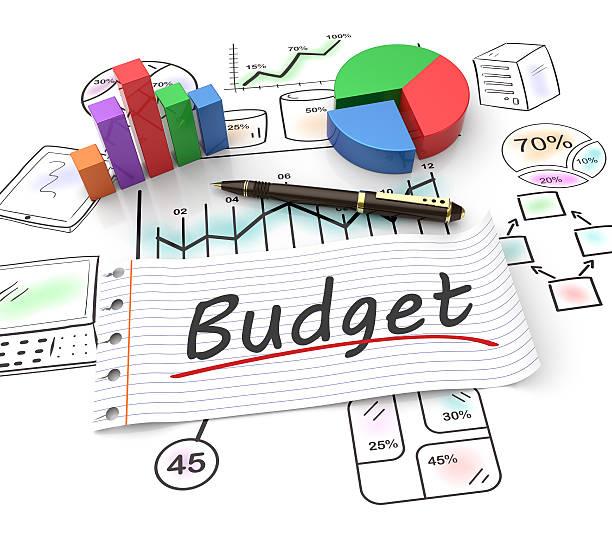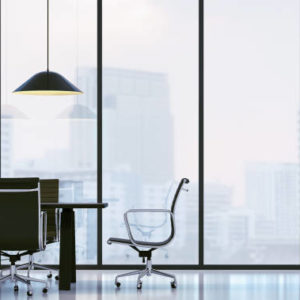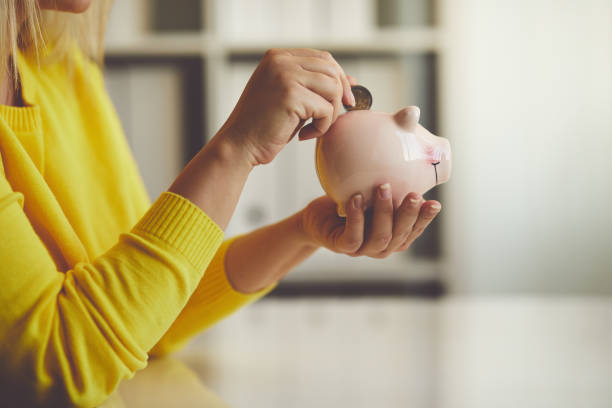
Login
X
- Home
- About Us
- Courses
- Graduation
- Diploma Certificate
- Professional Diploma
- Special sessions / Aptitude boost up
- News & Events
- Student zone
- Placement
- Gallery
- FAQ
- Contact Us

If you have a creative side, then you can actually explore your potential. Even though art has many forms, making a career out of one is equally exciting! And with Interior Design, it only gets better. But, how do you decide the best interior design college for you?
Don’t worry, this blog takes you through a few points that you may look up before zeroing down to a college of your choice.
When it comes to making a checklist about picking a college of your choice, it absolutely makes sense to consider many factors individually and together. One particular college may be average in one aspect but strong in another. So, after considering everything, go for the one that suits you the best.
Here are a few pointers that will help you with shortlisting a good interior design college.
When you wish to study a subject of your choice, it is only natural that you get guidance from someone who masters it. Before you join a college, it makes sense to know the feedback and quality of the teaching faculty. An interior design college makes sure to enrol productive people on board. And their quality speaks in terms of students’ feedbacks and years of experience in teaching.
After all, teaching is not everybody’s forte!
Take any educational institute. For all its programs, the institute should fulfil certain official requirements that meet course standards and make students eligible for placements. If it is a degree program, the interior design college should affiliate it with a recognized university.
However, in the case of Diploma courses, a college may or may not affiliate itself to a university. Rather, many established and leading colleges run their own Diploma courses. After all, they have years of expertise to back these.
These are some very important aspects of any creative course- seminars, workshops and similar activities. For any interior design college, these activities form the very offerings for the professional grooming of students. When we talk of activities, we are talking about involving students in all possible art episodes around the institute, say an arts fest or a creative meet.
With workshops, the college demonstrates the importance of learning by doing. And seminars/presentations open up a lot of opportunities for the students. More so, when you have industry stalwarts engaging in meaningful activities and conversations with students.
Since interior design is a professional course, many interior design colleges tend to have a tie-up with architecture and design firms for their graduates/diploma- holders. Now the important point to consider here is- the placement record of students.
Instead of mere tie-ups, a good interior design college has a good placement record. In fact, the placement cells of such colleges start training their outgoing batches through various sessions and workshops, for a quality career launch.
After all, a career support right when you graduate gives you a sense of direction and a path to continue on to.
Interior designers know the value of teamwork. Be it on the site, over the drafting table or in the office, teamwork makes or breaks a project. Here, you not only need to have the knowledge, but also professional and time management skills. While your portfolio may be excellent, it will not cover up for your lack of interview skills. Even if you can converse fluently, you cannot substitute drafting skills with it.
And that is why it is important to keep a track of what all your favourite college offers in terms of real-life skills. There are many finer details that make a big picture perfect. But without those details, the same picture may turn out to be a less- than- a mediocre piece of art. And the same concept applies to your career also. No matter how much you learn, without the right ways of expressions and skills, all these may fall flat.
A good interior design college can be the very factor that may add great value to your career. Hence, whenever you choose, choose it wisely.

Interior Designer as a career is quite recent, but the job? Well, people have been practicing it since centuries! While the basic concept was quite vague, knowingly or unknowingly, it found a way into spaces. And that’s how we know the profession as it is today.
However, where does an interior designer fit in the grand scheme of things?
In fact, it is this point that can give answer to many questions in design project. So, let us go through the tasks of an interior designer, one by one.

Yes, we need people to design our spaces. Be it your house or your office, any space has its own set of requirements. While the function of a space is important, however, there are many other factors as well. Age of the user, time of usage, climate, safety considerations, building services etc are other crucial points for an optimum space.
That is why you need to consult an interior designer. Somebody who is fluent with all of the above, even the technical aspects.
Additionally, with a designer, you also have the advantage of expressing your concerns and finding solutions.

These days, nothing is cheap, not even designing and construction. But, even though you pay designing fees, you end up saving a lot, lot more when you avoid bad designing.
So, what do we mean by bad designing? For example, poor furniture design that leads to chronic fatigue. Or, poor planning of ventilation and lighting- that worsens eyesight and respiratory health, etc.
And with a designer, not only do you save money on corrective measures with bad designing, but also on the resulting medical bills!

Not only does an interior designer know what to do, but she also knows how to do it. Instead of random construction processes, Interior designers follow the most suitable professional way to go about a project.
Well, they literally learn something called DESIGN PROCESS in their design curriculum. Not only does that help the designer to plan better, but it also makes the whole designing episode a lot more stress-free. As a result, the work flow is smooth, there are answerable people around and your stress level is almost nil!
With interior design projects, regulations come into play right from the conceptual stage. So, there is this chain of tasks that the designer follows to regulate each part of your project.
Now, that is one good benefit of having an interior designer around!

When you plan a structure, you also plan its budget. And even though it is easy on paper, but when it comes to real site- time, things often go out of hands!
And that is where an interior designer works her charm. Instead of straying away, she ,manages each penny, tallies all expenses and quite often, bags you the best deals!
How? Well, regular projects means regular material demand and supply. And that means business with a regular bunch of traders, which often translates to better prices. Isn’t that one amazing add- on?!

If you skip supervision, then literally, you destroy an interior! And since interior designers understand its importance, they never compromise over it.
Even though the papers may describe everything perfectly, still, you may often come across poor quality of workers or workmanship. And it is here that the designer saves your day! There are many things that can go absolutely wrong in a site. And the designer makes sure nothing goes against your plans.
Be it material inventory, labor issue, temporary setbacks or delays, an interior designer takes care of each and everything. They explain, correct, rectify and even repair, if that need arises.

Here we are not talking about aesthetics. That is obviously on the list. But with interior designers, you often get that something more out of them for your space.
Yes, designers love challenges and they love providing solutions all the more. So For some, they may come up with a multipurpose furniture. For others, it may be clever lighting. Yet others may be renovating their furniture.
Utility areas, landscaping, soft furnishings… basically, it could be anything that you can modify and enhance its value. Ultimately, what it does is, adding oodles to the space quality.
Basically, interior designer is the link between a structure and its user. With knowledge and experience, an interior designer works up perfection!

When you learn interior design, you often dream of setting up your own interior design office. And since the era of start-ups is here, you should definitely give it a try!
But before you jump into the bandwagon, don’t you need a checklist? Not only does it help you in achieving your goal realistically- but it also helps you to set up an ideal interior design office.
Once you complete your degree/diploma program, all you need is some fair amount of experience. After working on different projects, you will develop an idea about your style of work. And then, with the following points in place, you are absolutely good to go!

Before you begin your own firm, you need to do some ground work. For example, to understand an organization and its hierarchy, you need to get into one. Also, how an office works- the staff and the departments, layouts and many other aspects.
And that is why gathering experience is important. Not only does it familiarize you with the ways of an office, but it also helps you with finding your way of doing things in your office. Plus, it helps you to prioritize. To allocate the correct share of time and money, according to your priority list.
Add to it, the benefit of networking with the industry field experts. As a beginner, it comes handy for sure!

Any type of start-up requires investment. If you look closely at the picture, there are many expenses in a firm. Be it office space, infrastructure, employees or stationary, you need a lot of money.
And then there are the initial hiccups of beginning with a new venture. In any scenario, you need to have a financial back up of the next six months. Apart from your interior design office rent, staff and other overheads, you need to have some money for emergency personal situations.
So, what do you do about it? The most sensible thing would be- planning. You need to indulge in financial planning. The bare minimum would be starting a savings account. But these days there are many other savings options that may reap good returns after a considerable period of time.
Remember, it is not how much you earn, but how you spend, that decides how rich you are!

The reason of Networking is simple- you want people to know about what you do! For any interior design office, networking, especially in its initial days, lays the foundation of its future. More so, when you start at a very basic level.
You see, people should know that you exist. Along with the quality of your works, they should also know where you stand as a designer. If you look around, all social media platforms primarily carry out the function of networking.
Now, networking, at times, may prove to be expensive. But the advantages are huge. Not only do you make connections with the industry insiders, but it also opens a Pandora’s Box of opportunities for you. In a business circle, mere a mention of your new firm may ring bells for your business!
Nowadays, there are many social media platforms that support new businesses with low cost factors. Your interior design office absolutely deserves all the hype out there. After all, you invest your precious productive time and money into it!

As such, running an office is a challenge by itself. But it becomes all the more difficult when you don’t have experienced, or even, affluent people with you.
Yes, experience may come across as expensive. For a new interior design office, it may also prove to be challenging. But, experienced staff know what to do and how to do it better. Even keeping them at supervisory posts can do wonders for your business.
And when we talk about talented and hardworking freshers, never say no to them! Along with a fresh approach, they are always ready and ever enthusiastic! Yes, they make an interesting pair with experienced employees.
Employees are the back bone of the company. And your office atmosphere decides your future. Instead of hiring not- so- competent people for the price of peanuts, spend a bit more and recruit adequately skilled staff.

Though marketing techniques may differ from one to another, but their end goal is the same- landing business. For an interior design office, marketing ways go through a lot many mediums. Apart from the regular tools like a visiting card, there are many other options.
For example, advertising in a design magazine, sponsoring a design expo, associating with architecture events, hosting design related events, etc.- all these are quite useful.
However, before you go with any marketing technique, you need to decide your target audience and the benefits of doing it, over others.
Owning an interior design office is a dream that many designers want to turn into their reality. Remember, it is easy to begin something, but it takes a lot of work to maintain its momentum!
Phone: 0495 272 2242